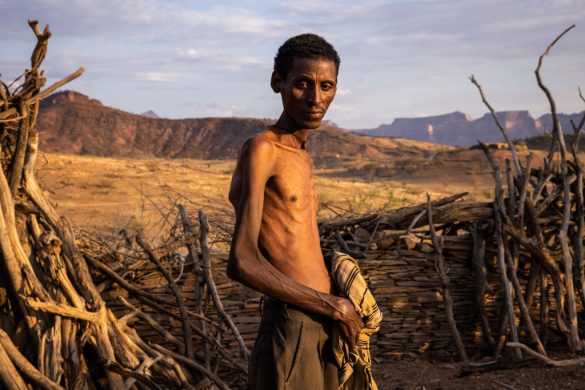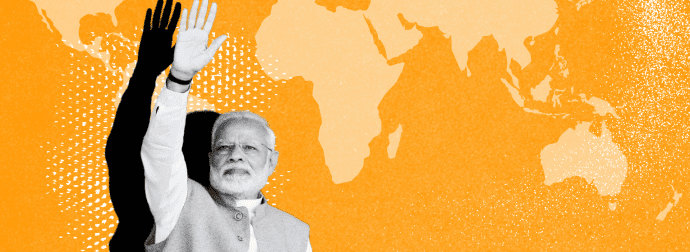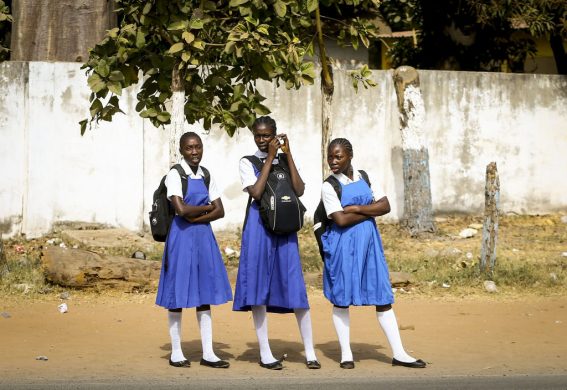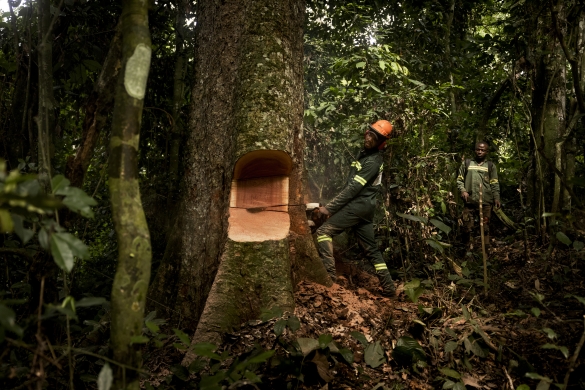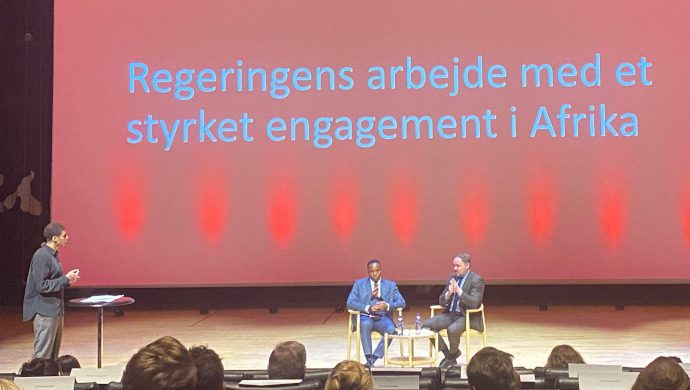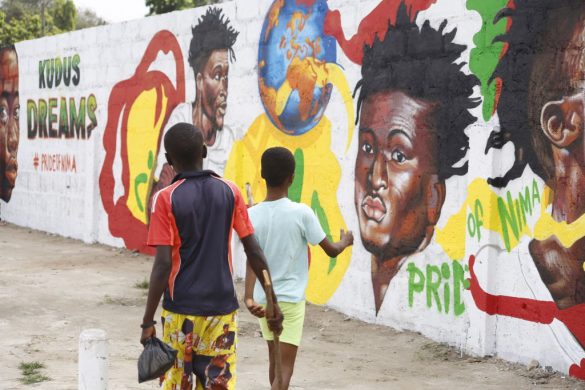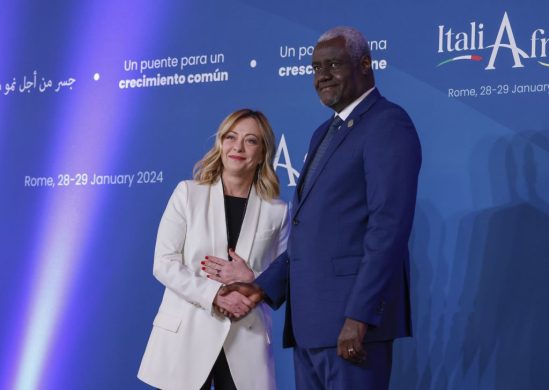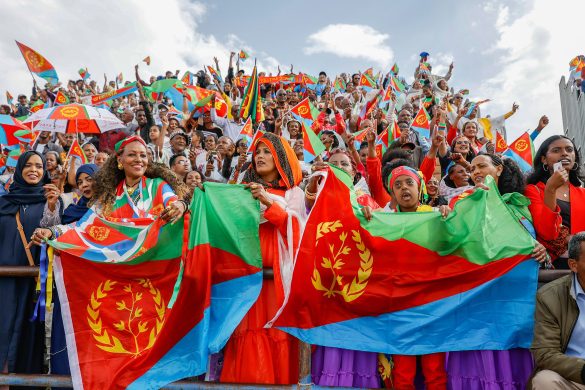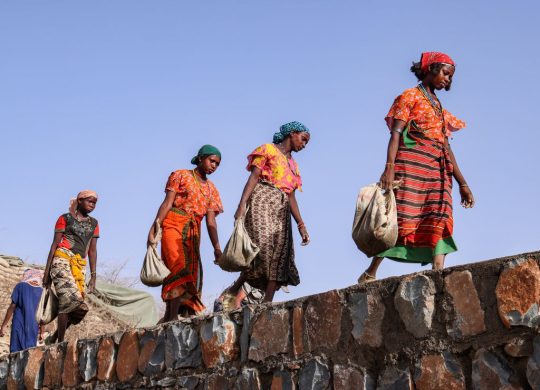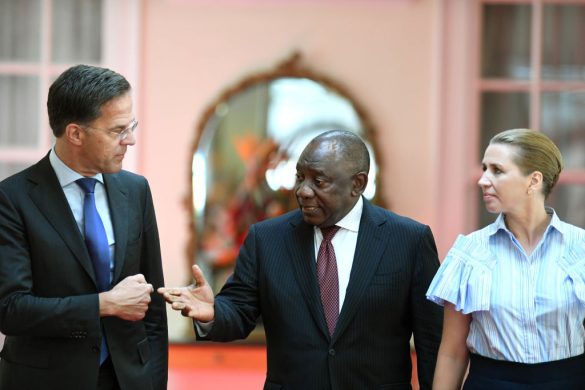Det er i hvert fald konklusionen i ny bog fra landbrugsforskere i CGIAR, men det fordrer, at millioner af småbønder i Nil-landene kan bruge vandet til deres madproduktion – frygt for vandslugende kommercielle storlandbrug.
ADDIS ABABA, 16 November 2012 (IRIN): Ethiopia’s massive dam-building on the Blue Nile, not least the Grand Ethiopian Renaissance Dam – due for completion in 2015 – continue to cause disquiet in downstream Egypt – se også http://grandmillenniumdam.net og
http://www.youtube.com/watch?v=9iBFGIBmcrA&feature=related
Nevertheless, new research suggests there is sufficient water in the Nile for all 10 countries it flows through, and that poverty there could be significantly eased as long as access by small-scale farmers is boosted.
“We would argue that physically there is enough water in the Nile for all the riparian countries,” said Simon Langan, head of the East Africa and Nile Basin office of the International Water Management Institute (IWMI), at the Addis Ababa launch of “The Nile River Basin: Water, Agriculture, Governance and Livelihoods” published by the CGIAR Challenge Program on Water and Food.
“What we really need to do is make sure that there is access to this water… Poverty rates are about 17 percent in Egypt but for five of the upstream riparian countries (lande langs Nilen) it is more like 50 percent. So, this access to water is very important,” he added.
“Do not turn the poor into water have-nots”
According to a media advisory promoting the book, the Nile “has enough water to supply dams and irrigate parched agriculture in all 10 countries – but policymakers risk turning the poor into water `have-nots’ if they do not enact inclusive water management policies.”
While better seeds and tools play a key role in boosting agricultural productivity, access to water is even more important, said one of the book’s editors, Seleshi Bekele, senior water resources and climate specialist at the UN Economic Commission for Africa.
“The higher water access you have the less the poverty profile… This is not only in comparison between Egypt and upstream countries: within Ethiopia itself, 22 percent less poor were observed in those communities who have access to water,” he said.
Access “means that girls can go to school, instead of fetching water from distance that could take hours,” he added.
Smallholder farmers (småbønder), who rely on rainwater to irrigate their crops, could similarly benefit from policies that give them greater access to water in the Nile basin.
Investments into the poor farmers
The book calls for investment to adopt agricultural water management (AWM) policies, which include irrigation and rainwater collection, so that water-scarce parts of the region are able to grow enough food.
Bekele says improved AWM, seen as key to economic growth, food security and poverty reduction, must be better integrated into the region’s agricultural policies.
“It is tempting for these governments to focus on large-scale irrigation schemes, such as existing schemes in Sudan and Egypt, but more attention must also be paid to smaller, on-farm water management approaches that make use of rainwater and stored water resources such as aquifers,” he added.
According to IWMI’s Langan, “There is enough for the current need, 5,6 million hectares irrigated. The plan to expand to 10 or 11 million hectares… there are questions if there is enough water to do that if we use the water in the same method we do now under the same management.”
Call for greater cooperation
The experts also called for greater cooperation among governments of the basin countries.
Egypt and Sudan are still not on board the Nile River Cooperative Framework Agreement (CFA) signed, after years of fruitless negotiations with Cairo, by six other riparian countries in 2010 in a move to revise the terms of colonial treaties that awarded Egypt and Sudan control over the bulk of the mighty river’s waters.
The six states particularly object to the veto one treaty gives Egypt over upstream Nile projects.
“The CFA makes it clear that no state will exercise hegemony over the Nile waters and their allocation, or claim exclusive rights,” Nile expert and author Seifulaziz Milas wrote in a recent article published on the African Arguments website.
“The launching of the CFA in May 2010 was a shock to Cairo, which had previously thought it could be blocked. The shock was all the greater as in the same week that the CFA was launched, Ethiopia’s [now late] prime minister inaugurated the Tana-Beles Project on the Beles river, a tributary (biflod) of the Blue Nile,” he added.
Concern over new Ethiopian dam
Læs videre på
http://www.irinnews.org/Report/96798/WATER-Enough-in-the-Nile-to-share-little-to-waste
Se også
http://www.irinnews.org/Report/96393/CLIMATE-CHANGE-New-urgency-to-rethink-dam-projects
Og http://www.internationalrivers.org


